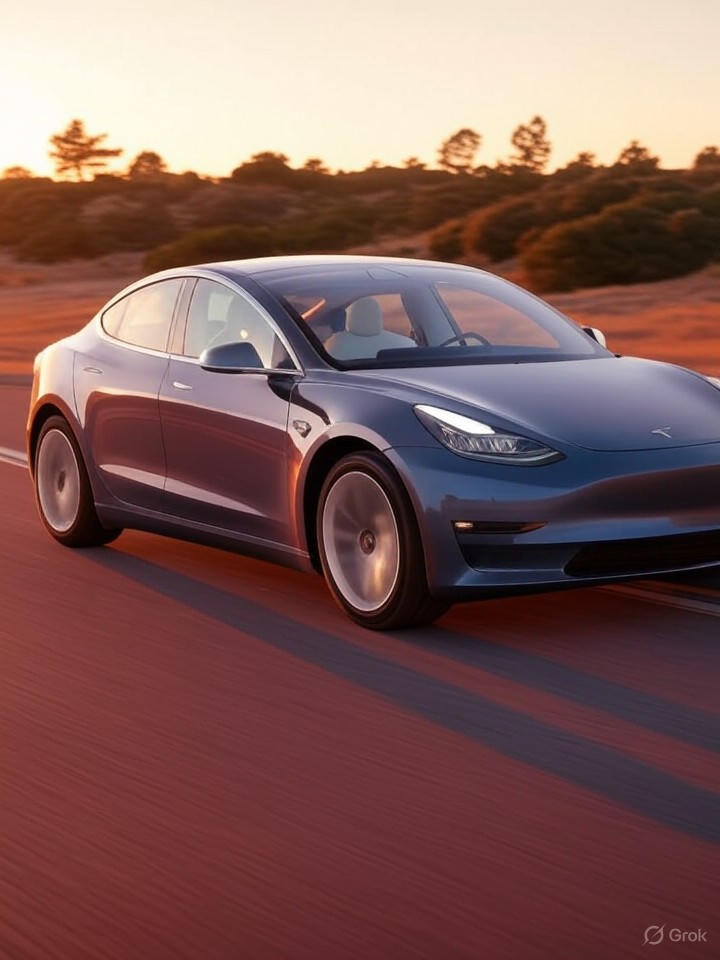In the rapidly evolving field of autonomous driving, Tesla’s commitment to a vision-only approach has sparked intense debate among engineers, investors, and regulators. Led by insights from former AI director Andrej Karpathy, the company argues that relying solely on cameras and advanced neural networks can achieve full self-driving capabilities more efficiently than systems burdened with additional sensors like LiDAR and radar. This philosophy, detailed in a recent podcast discussion, positions Tesla as a pioneer in scalable autonomy, challenging the industry’s reliance on multi-sensor fusion.
Karpathy, in a conversation on the Lex Fridman podcast, emphasized that extra sensors introduce unnecessary complexity and cost. They not only inflate manufacturing expenses but also complicate software development and data processing pipelines, making the path to reliable autonomy more arduous. As highlighted in a summary posted on X by user Nic Cruz Patane, this added complexity can hinder the rapid iteration needed for AI-driven progress.
The Cost of Complexity in Sensor Fusion
One key argument against additional sensors is their impact on system reliability. Sensors like LiDAR require constant calibration and adaptation to hardware changes, which can disrupt the seamless operation of autonomous vehicles. Karpathy pointed out that vision is not only necessary but sufficient for interpreting the driving environment, mirroring how human drivers navigate roads designed for biological eyes and brains. Publications like InsideEVs have covered similar explanations, noting Tesla’s neural networks enable a scalable approach without the bloat of extra data streams.
Moreover, Tesla’s vast fleet provides an unparalleled data advantage. With millions of vehicles collecting real-world driving footage, the company can train its AI models on diverse scenarios, far outpacing competitors dependent on limited sensor-equipped test fleets. This data engine, combined with powerful supercomputers like Dojo, allows Tesla to refine depth estimation, velocity, and acceleration predictions purely from visual inputs, as Karpathy discussed in a 2021 CVPR workshop reported by VentureBeat.
LiDAR as a Potential Liability
Critics of LiDAR argue it creates liabilities rather than advantages. Karpathy predicted that other companies will eventually drop these sensors due to the code bloat and maintenance challenges they impose. Recent news from WebProNews echoes this, with Elon Musk asserting that sensor conflicts from LiDAR and radar actually reduce safety by introducing ambiguities in data interpretation. This contrasts with approaches like Waymo’s, which integrate LiDAR for 360-degree coverage but face scalability issues in varied conditions.
Tesla’s vision-centric strategy avoids the pitfalls of high-definition mapping, which Karpathy deems too expensive and inflexible for global deployment. Roads are inherently designed for visual interpretation, not laser-based scanning, making a pure vision system more aligned with real-world infrastructure. As detailed in a Forbes article, while some industry voices differ, Tesla’s method leverages its data moat to push boundaries.
Scaling Autonomy Through Data and AI
The shift to vision-only extends beyond cars, as seen in Tesla’s Optimus robot training, which now uses camera footage for AI development, per recent WebProNews reports. This consistency underscores Tesla’s bet on AI’s ability to generalize from visual data, potentially revolutionizing robotics and transportation.
However, challenges remain. Karpathy himself warned in a June 2025 Electrek piece against overconfidence in self-driving timelines. Yet, with ongoing software overhauls promised by Musk, Tesla’s approach could redefine autonomy, proving that less hardware, paired with superior AI, is the key to widespread adoption.

